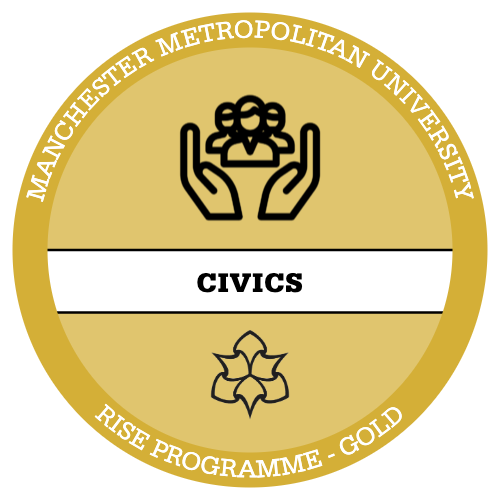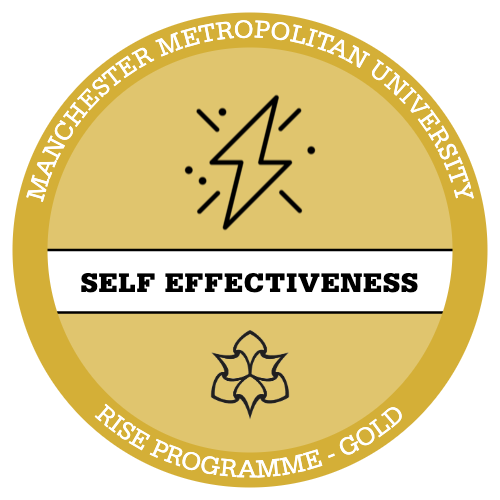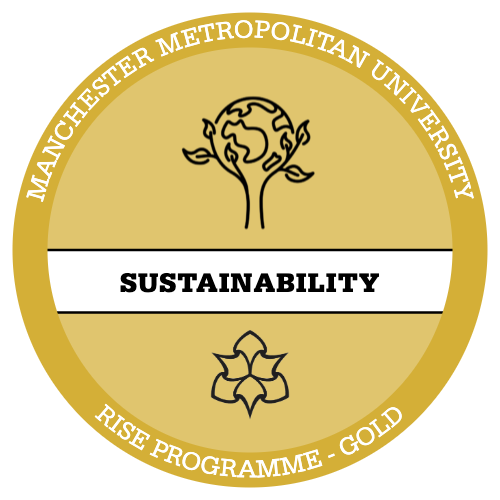Positive Behaviour
The EYFS framework describes ‘positive behaviour’ to consist of:
- Emotional Intelligence: Managing feelings and behaviour (self-regulation), being able to express your emotions effectively, and being empathic towards others.
- Social Skills: Being able to form positive, respectful relationships.
- Cognitive Skills: Having self-confidence and self-awareness, and the ability to understand different feelings.
It is common among adults to react to the child’s behaviour rather than considering what might be going on underneath the surface. It is key to remember that all behaviour is communication so we need to tune in and consider what might be going on for a child. Understanding behaviour and promoting positive behaviour in the early years can significantly improve the day to day experiences of both children and adults. It is important to have a sense of what behaviour might be developmentally appropriate, whether our expectations are realistic and the importance of supporting children to be able to regulate their feelings.
Adults can spend a lot of time and effort trying to get a child to stop or change their behaviour. Often a child is unable to do this for many reasons. We need to shift the question from ‘how do we change the child?’ to ‘how do we understand this child better and what is this behaviour telling us about this child?’
“See the need behind the behaviour”
– Karyn Purvis
What might the image below represent when it comes to behaviour?

When faced with challenging behaviour we often see the threat of the shark without considering what vulnerabilities lie beneath the surface. The way we might respond to a shark and a goldfish are very different!
Another metaphor to illustrate this is the image of an iceberg. Any insight into what might be going on beneath the surface may help practitioners respond to children in appropriate ways.

Get curious:
- What is going on in the life of the child? Has anything changed recently?
- Are they hungry, tired, scared or lonely?
- What happened before the behaviour? Look for triggers
- What did the child gain as a result of the behaviour?

Read: Managing feelings and behaviour booklet (herefordshire.gov.uk)
<undefined>Sue Sharp (2015) Early Years</undefined>
- Did any of the behavioural developmental milestones surprise you?
- What top 3 ‘golden rules’ would you choose for an early years setting?
- Why do you think ‘quiet time’ might be more effective than ‘time out’?
- You can find out more about typical development using the Birth to 5 Matters guidance here

Stop and Reflect:
Consider the following children’s behaviour. Is this developmentally appropriate behaviour? What might be going on for these children and how might we respond to this behaviour?
- Jamie is 2 years old. His key worker describes him as constantly disruptive and attention seeking. His problematic behaviours began after his family moved house to a new city
- Bryony is 6 months old and gets very distressed when her Mum drops her off at nursery. This often results in Mum getting tearful and upset too. Bryony expresses her feelings throughout the day by crying.
- Lewis is 3 years old and is very impulsive. He will react to other children and hit them when frustrated. Lewis refuses to say sorry when he has done something that upsets another child. He struggles to show empathy.






